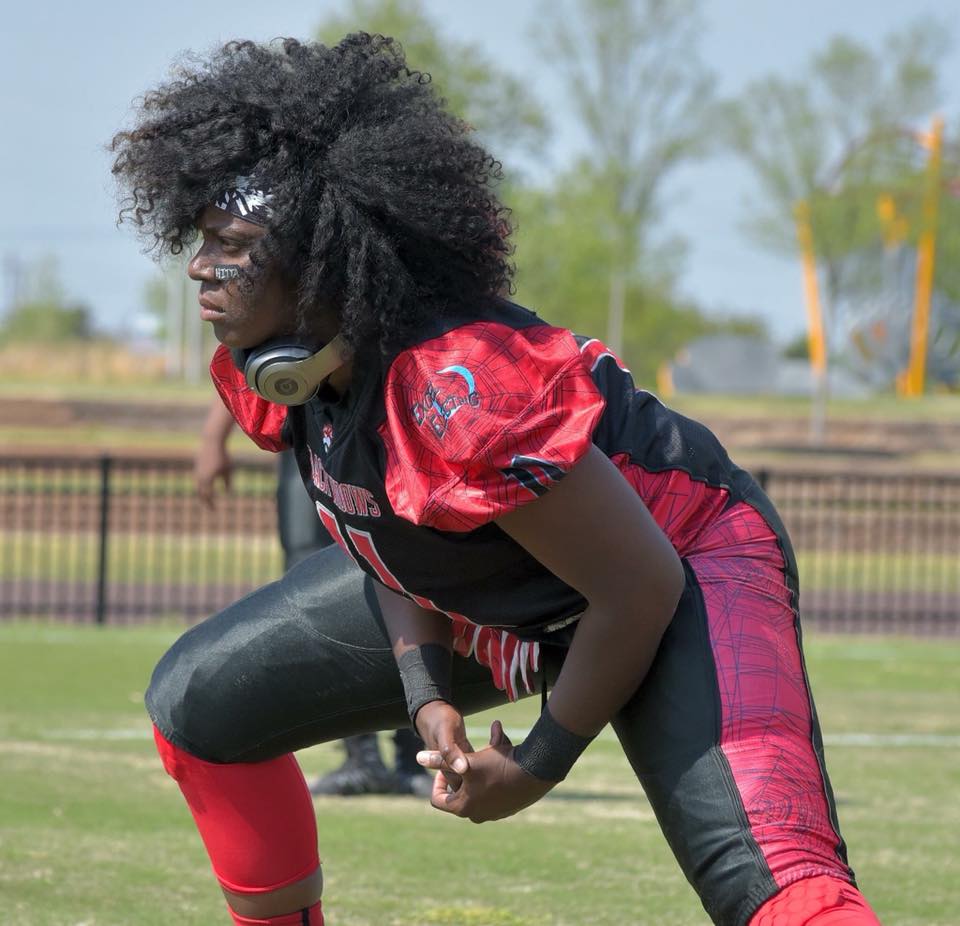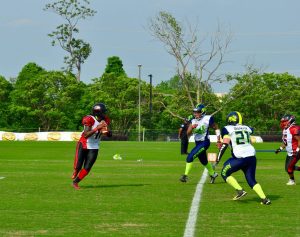Keratoconus Journey: Shanice

A Glaring Interruption
Growing up, Shanice was a talented athlete who dreamed of competing at the highest level of sports. In high school she was a standout player, eventually winning a scholarship to play division one college basketball for four years. After a strong college career, she was offered a chance to play professionally in Switzerland, and took this opportunity to realize her dreams– the last thing on her mind was potential vision issues.
In 2011, Shanice returned from overseas and enlisted in the Army reserves, feeling that the Army would be a natural continuation of her desire to be active in her career and experience the world. However, during the application process Shanice was surprised to learn that she was living with keratoconus, a degenerative eye disease that causes progressive thinning and bulging of the cornea.
 Due to the long-term implications of the disease, Shanice’s application was rejected by the military. While she had noticed that it was becoming increasingly difficult to focus her left eye and that the glare from bright lights was very severe at night, she had never imagined she was living with a condition that would change the life she had envisioned for so many years.
Due to the long-term implications of the disease, Shanice’s application was rejected by the military. While she had noticed that it was becoming increasingly difficult to focus her left eye and that the glare from bright lights was very severe at night, she had never imagined she was living with a condition that would change the life she had envisioned for so many years.
Shanice worried about how keratoconus would affect her quality-of-life and she became increasingly concerned that she may lose her vision. “[Playing sports and being active] is something that gives me joy and I didn’t want that to stop, especially not right now when I’m still young,” said Shanice.
The Game Plan
Together, Shanice and her mother began researching keratoconus and how to best manage her condition. In high school, her mom attended all of her sports games and now was accompanying his daughter to her local eye doctor appointments. They learned about all of the possible treatment options– including corneal transplants and FDA approved corneal cross-linking.
In the meantime, Shanice did the best she could to maintain her vision. The symptoms in her left eye were far worse than her right, so she started wearing hard contact lenses. They were initially uncomfortable to wear and it was difficult to find an acceptable fit. To test the fit of the contact lenses in her left eye, Shanice tried one lens at a time, wearing it for at least a week. If the lens did not work for her, she would try a new lens and repeat the process until her doctor found the correct fit.
Determined to stay active, Shanice started playing women’s professional tackle football, and it soon became clear that a corneal transplant was not a practical option for her lifestyle. Even a minor trauma to the eye might cause the corneal graft scar to rupture, so it was evident that she needed a better solution.
Reconsidering her different treatment options, Shanice, with the support of her mother and former high school mentor, decided that cross-linking was the right decision for her long-term health. In March of 2017, she underwent cross-linking in her left eye.
Getting Back on the Field

Shanice’s success with cross-linking has also broadened her contact lens options. As of February 2018, she is able to wear hybrid lenses for eight hours or more a day, enabling her to enjoy an active lifestyle once again. She hopes to have her right eye treated with cross-linking in the near future.
During the initial period of recovery, she relied on her mother and mentor for support and used eye drops to alleviate any lingering symptoms. The first few days of Shanice’s recovery after the procedure were challenging, but soon the feeling of discomfort lessened and she was able to resume her normal activities. Within a couple of weeks, Shanice was back on the field and playing football.
Click here to read more KC Journeys.
The results described on this site are based on data collected regarding short- and intermediate-term efficacy of treatment. Individual results are not guaranteed and may vary.